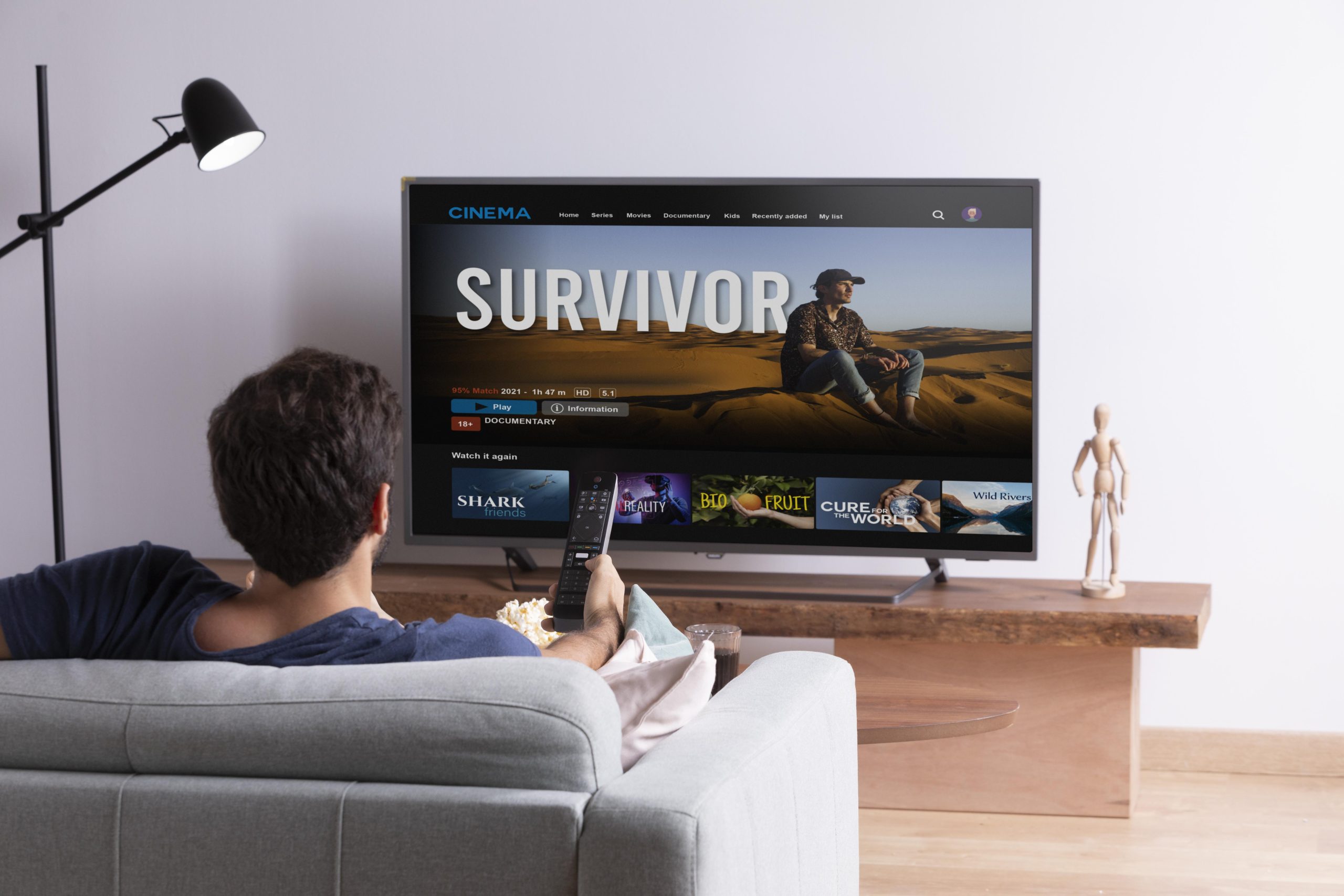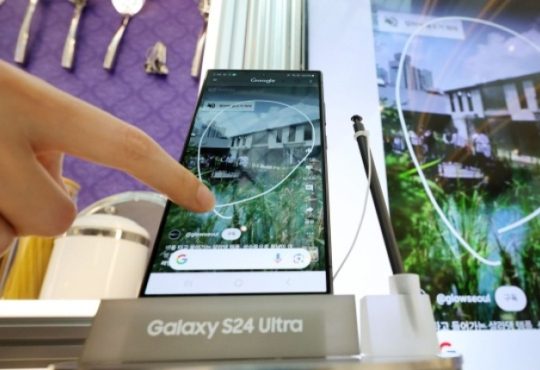
As the global demand for online video continues to grow, businesses must find new-age media streaming services to fulfill the expectations of this expanding virtual audience. Though streaming technology has faced huge developments in the last two decades, this area continues to face distinct obstacles. Consumers are unable to enjoy high-quality video streaming due to device compatibility concerns, latency difficulties, and bandwidth restrictions.
A growing number of consumers expect high-quality video to be available anywhere, on any device without waiting. Since they don’t know when a particular piece of online content will go viral, streaming providers need solutions that can scale at a faster rate, adapt easily to flexible network settings, and provide the best possible viewer quality.
To start off to build a streaming app, you’ll need to know a bit of coding. Most of the work is going to be in the backend. You’ll need a server to stream the media files to people and a database to store the media files, streams, users, and any other information you may need. Once you have the media files, you’ll need to create the client that takes the media files and streams it to the user. The next thing you’ll want to do is create a website to advertise your new streaming app. The more people you can get to download the app, the faster you’ll be able to grow your streaming app and make more money.
What is Video Streaming App?
A video streaming technology allows consumers of net-connected devices to view audio-visual content without having to upload it to them. Videos can be streamed to a browser in real time, without storing the data locally, and played in real time. Data packets are used to break down video and audio files. Video or audio content can be played on a consumer’s device by receiving and decoding packets transmitted by the server. Since it is lenient about dependability, UDP or User Datagram Protocol is faster than TCP or Transfer Control Protocol for streaming video. Although streaming protocols are designed to be resilient to data loss, some packets are lost on the way. The development of a streaming video platform today is quite easy.
What Causes Video Streaming to Slow Down?
To keep consumers satisfied, websites that stream video content have to assure high performance. But, in reality, video streaming may slow down often, leading to a poor user experience. The factors mentioned below may negatively impact audio or video streaming activity:
- Local network problems – the consumer watching the stream might have slow WiFi, slow internet connection, or a 3G internet mobile connection. A huge number of end-users in rural zones or developing countries may have no access to the internet which is high-speed.
- Client Bandwidth-a practical principle is that streaming video needs 4 Mbps of efficient bandwidth at least.
- Network congestion and latency – the end user’s device takes too much time to collect data from the server or some parts of the network connection are blocked or clogged up.
- Client device performance – video streaming needs exceptional processing power on the device, and a device that is slow can lead to poor video performance.
Main Challenges to Overcome of Video Streaming App Development
Connecting to the stream – Video streaming is not possible without a CDN that backs streaming. If there is a live event or breaking news, you will prefer to view it live-streamed. There are other streaming challenges discussed below.
Location Choice – Live streaming services depend on internet bandwidth. There are numerous factors that can impact the live broadcast quality – choice of location is one of them. If you are facing broadcast delays, buffers and freezes this may be an outcome of location choice.
Scalability – One of the main objectives of a video streaming services is to expand the user base. But the increasing number of users may lead to difficulties. The video streaming app builder must have backend support that is scalable to serve the requirements of the expanding number of users. Facilities to stream content must be available.
Security – There may be many security issues with regard to streaming apps. First is the user information, especially if the service provides a payment and subscription feature collecting sensitive data. Secondly is the section on copyrights – as content needs verified rights to be taken prior to streaming. Ensure you have dependable encryption algorithms to safeguard from breach or misuse of the consumer’s data.
Streaming Quality and Subtitle –A lot of your customers will not have unlimited mobile knowledge schemes or consistent access to WiFi, that is the reason you should allow them to select from several video qualities. In addition to implementing associate degree adaptation bitrate protocol, you will allow users to choose the video quality themselves. It is necessary to have subtitles and multilingual audio tracks if you want to reach a large audience.
Latency and Congestion in the Network – the consumer’s device takes a lot of time to receive data from the server or a few network segments are blocked.
Necessary Things For A Complete App Architecture:
- Microservices architecture makes development easy –
An app is a group of autonomous services which interact with one another faultlessly via APIs or application programming interfaces. The model of microservices lets you expand easily, reprise quickly, and free developers from being concerned about dependencies.
- Cloud Storage permits apps to scale –
The most vital issue is how to appropriately store and manage data from online broadcasting services and VOD. You have the choice of hosting material on the servers or in the cloud, like on AWS. The newest technologies can protect both local and cloud-based servers, cloud storage provides enhanced scalability.
- Content Delivery Network –
A CDN is a network of servers connected to each other. Providing rapid and secure transmission of content is the goal of a CDN. In addition to storing media parts on the original server, a CDN caches streaming content on caching servers all over the world. The CDN finds the closest server to the consumer and presents the data from that server when the consumer requests this content material.
Video Format – Assure playback support for several file types, which include WMV, MOV, MKV, MP4 and high-definition media.
Improving User Experience – In the case of video streaming app development, a faultlessly operating streaming application single-handedly leads you to halfway success. To keep pace with market leaders such as Hulu and Netflix, you should give outstanding personalization and the best user expertise.
Conclusion
Streaming online video platform have experienced great success and amazing failures over the past ten years, so if you want to build one, you should know what to expect. NBC’s SeeSo could only make it for a few months after release/launch, even though Netflix is very popular and part of every home today. Developing a video streaming app requires the right development team at a video streaming app development company. The team will guide you through what is included in their video streaming platform development services. You can create a video streaming app today by referring to online sources. You can decide on the best video streaming app suitable for you. Learn how to develop a video streaming app now.
Video streaming apps are a very valuable niche to go at. People spend a huge amount of time on video streaming apps, and it’s getting more and more popular by the second. An app with a good design and functionality will be able to capture a very large portion of the market.




